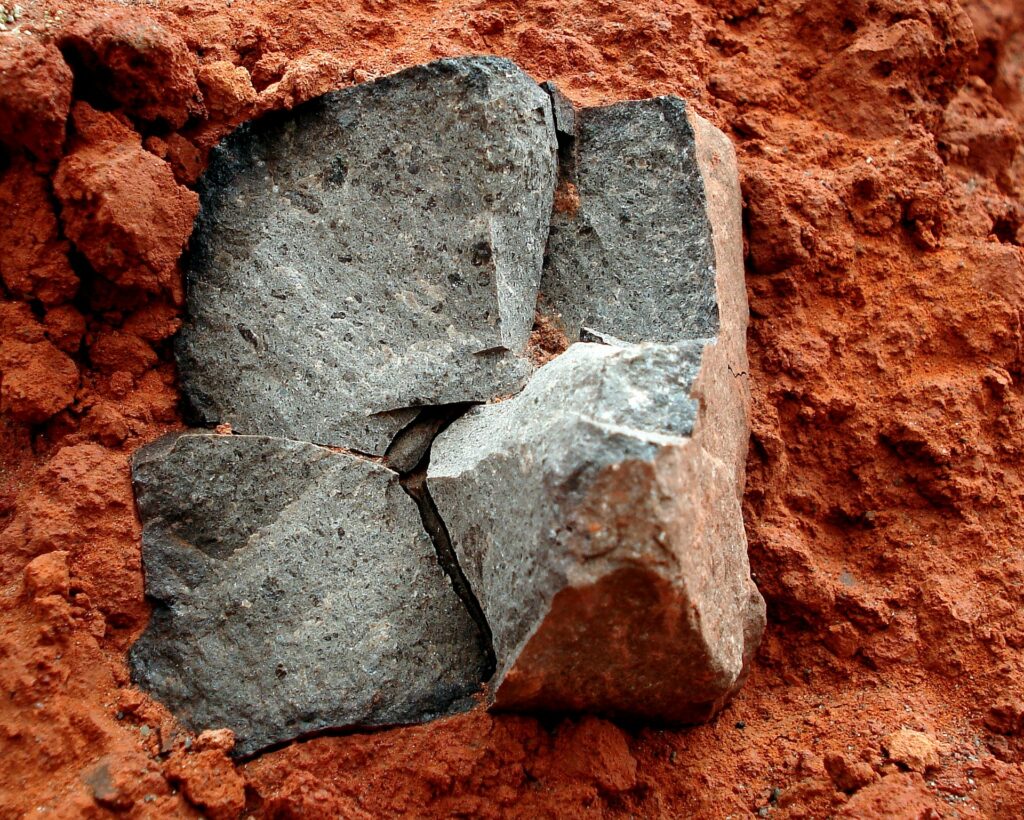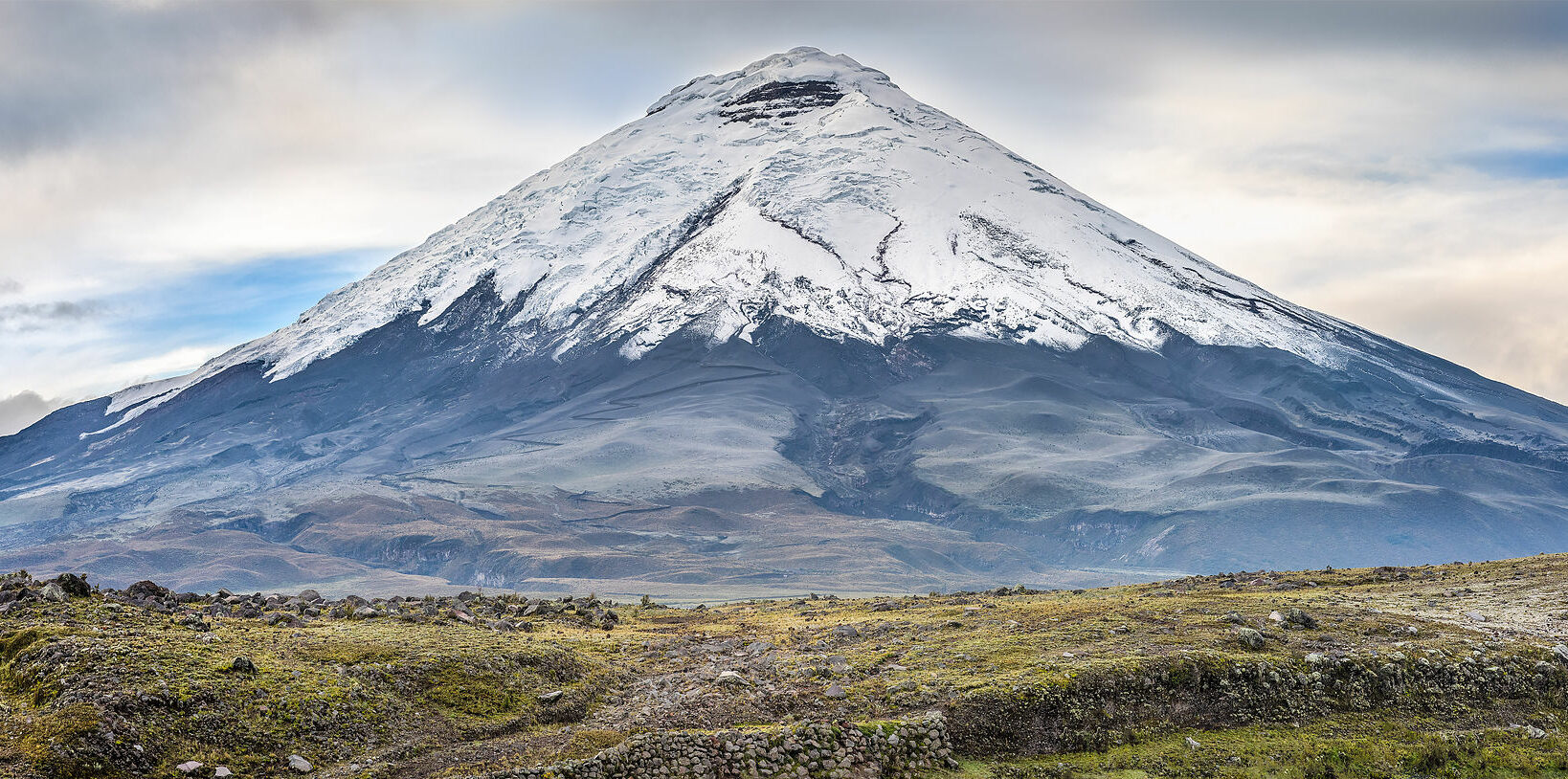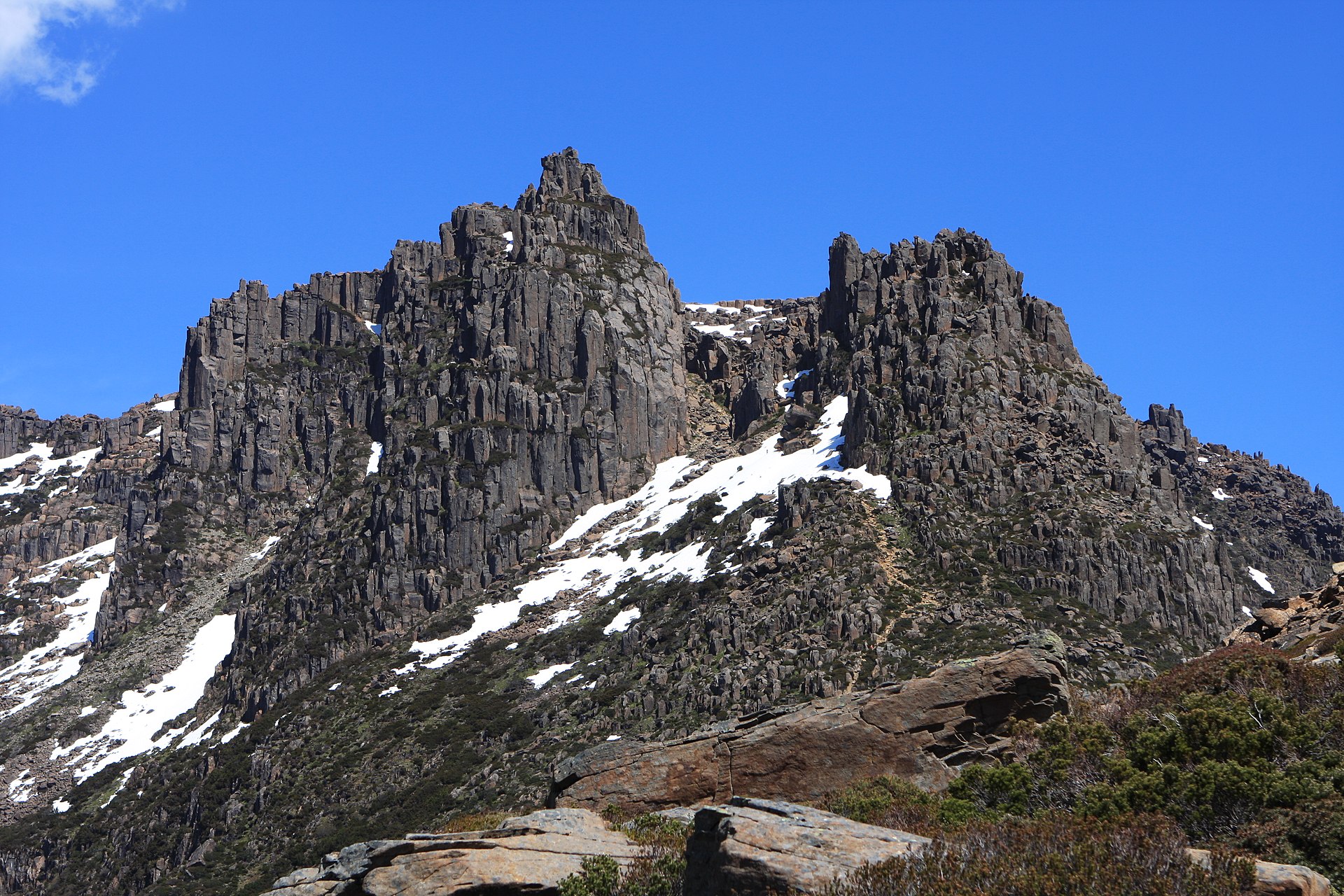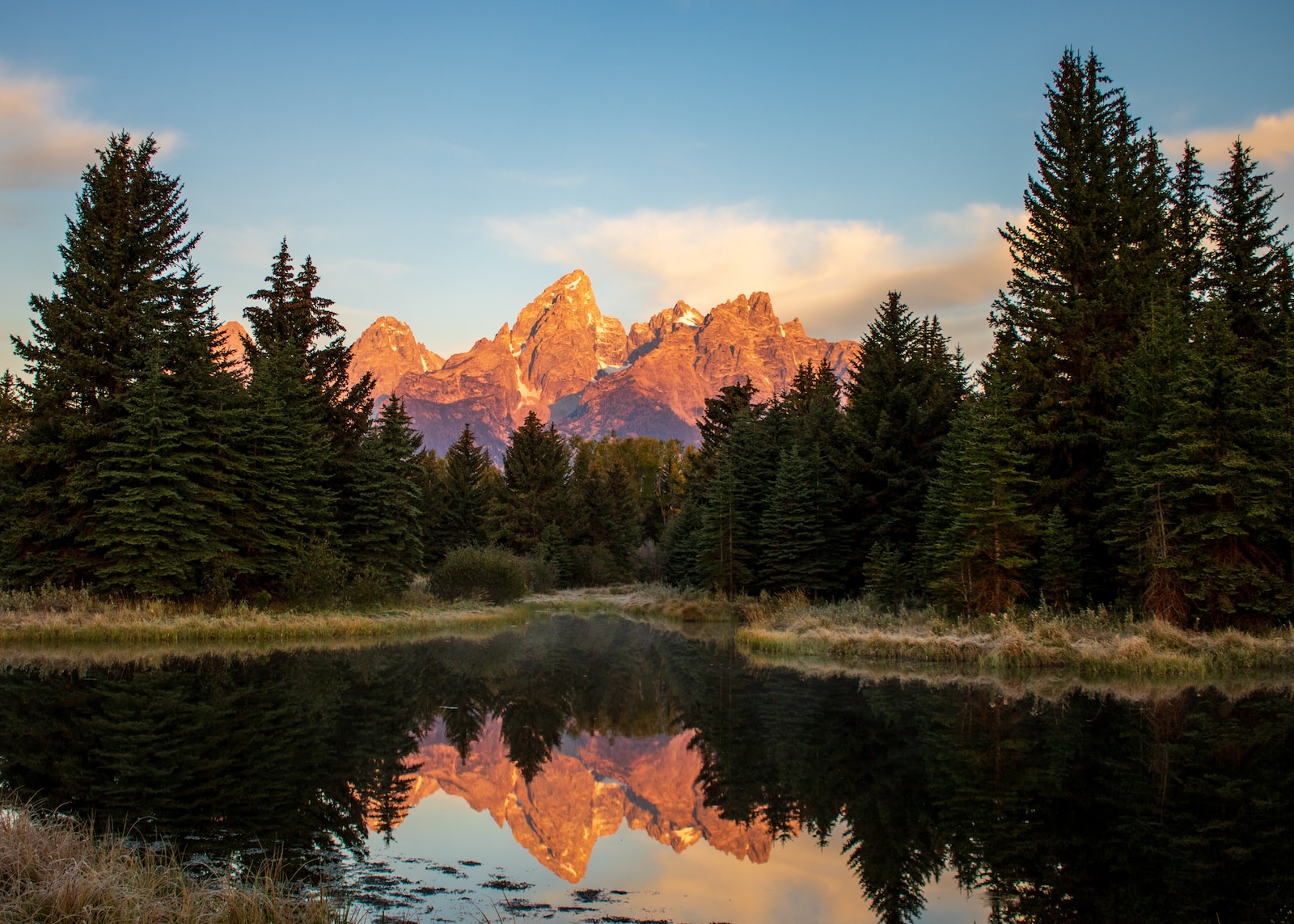Embark on an unforgettable journey as we unveil the captivating beauty of Cotopaxi, Ecuador’s breathtaking gem nestled in the majestic Andes. Immerse yourself in the wonders of landscape photography, capturing the awe-inspiring landscapes surrounding the world’s highest active volcano. Join us as we explore this mesmerizing destination and uncover insider tips, handy tricks, and the best times to photograph the awe-inspiring scenes that Cotopaxi has to offer. Prepare to be spellbound by nature’s artistic masterpiece!
Table of Contents
- The Majestic Cotopaxi: A Paradise for Landscape Photography
- The Best Camera and Equipment for Capturing Cotopaxi’s Majestic Beauty
- Unveiling Cotopaxi: A Photographic Journey
- Frequently Asked Questions
- 1. When is the best time of year to photograph Cotopaxi?
- 2. Are there any safety precautions I should take while photographing Cotopaxi?
- 3. Are there any specific areas or viewpoints that provide the best vantage point for Cotopaxi photographs?
- 4. What camera equipment is recommended for photographing Cotopaxi?
- 5. Are there any photography tours or workshops available for Cotopaxi?
- Wrap Up
The Majestic Cotopaxi: A Paradise for Landscape Photography
The Andes of Ecuador – a photographer’s dream come true! One of the most captivating sights in this breathtaking region is the majestic Cotopaxi, the world’s highest active volcano. With its imposing presence, dramatic landscape, and ever-changing weather conditions, Cotopaxi offers endless opportunities for stunning landscape photography. Let’s embark on a photographic journey and discover the beauty that awaits.
Unveiling Cotopaxi’s Unique Features
As you explore Cotopaxi, you’ll encounter an array of captivating features that will leave you in awe. The volcano itself stands tall at 5,897 meters (19,347 feet), dominating the surrounding landscape. Its perfectly symmetric shape and snow-capped peak create a striking contrast against the deep blue sky. The sheer size and beauty of Cotopaxi make it a compelling subject for landscape photographers seeking to capture nature in all its glory.
What makes Cotopaxi even more intriguing is its ever-changing environment. The surrounding Andean páramo, a unique high-altitude ecosystem, provides a remarkable setting for photography. Explore the vast open plains, dotted with vibrant wildflowers and native grasses, or venture into the dense forests surrounding the volcano. The diverse flora and fauna of this area offer countless opportunities to capture captivating images of nature in its purest form.
Photography Techniques to Make Your Shots Stand Out
To truly capture the essence of Cotopaxi and create remarkable photographs, it’s essential to master a few key photography techniques:
- Golden Hour Magic: Make the most of the soft, warm light during sunrise and sunset to bring out the rich colors of Cotopaxi’s landscape. Plan your shoots accordingly to take advantage of these magical moments.
- Long Exposures: Experiment with long exposure shots to capture the movement of the clouds around Cotopaxi. This technique will add a sense of drama and dynamism to your photographs.
- Foreground Interest: Incorporate elements in the foreground to create depth and add visual interest to your images. Use nearby rocks, colorful flowers, or even fellow hikers to enhance the composition.
- Wide-Angle Wonder: Utilize a wide-angle lens to capture the expansive grandeur of Cotopaxi’s landscape. This will help convey the magnitude of the volcano and the vastness of the surrounding areas.
- Reflections: Seek out still lakes or ponds in the vicinity of Cotopaxi and use them to capture stunning reflections of the volcano. This technique adds a unique perspective and a touch of serenity to your photographs.
Remember, patience and perseverance are key when photographing Cotopaxi. The weather can change rapidly, from clear skies to thick fog or even rain, creating a dynamic atmosphere and unique photographic opportunities. So, embrace the unpredictability and let your creativity soar.
Now that you know the secrets to capturing incredible images of Cotopaxi, it’s time to grab your camera and embark on this mesmerizing photographic journey. Prepare yourself for breathtaking landscapes, dramatic lighting, and the unparalleled beauty of one of nature’s wonders.
Did you know that Cotopaxi, located in the Andes of Ecuador, is also known as the "Snow-Capped Giant"? It stands at an impressive height of 19,347 feet, making it the world's highest active volcano.
The Best Camera and Equipment for Capturing Cotopaxi’s Majestic Beauty
Essential Camera Gear
To capture the awe-inspiring beauty of Cotopaxi, having the right camera and equipment is crucial. Here are the essentials every landscape photographer should consider:
1. Camera Body: A high-resolution DSLR or mirrorless camera with manual controls is essential for capturing the fine details and dynamic range of Cotopaxi’s landscape. Opt for a camera with good low-light performance and interchangeable lenses for added flexibility.
2. Lenses: An assortment of lenses allows you to capture Cotopaxi from different perspectives and focal lengths. Consider these options:
- Wide-Angle Lens (14-24mm): Ideal for capturing expansive landscapes and dramatic skylines, a wide-angle lens produces a greater sense of depth and grandeur. It’s perfect for showcasing Cotopaxi’s vastness.
- Standard Zoom Lens (24-70mm): This versatile lens allows you to capture both wide-angle and medium telephoto shots. It’s great for capturing details and isolating interesting elements within the landscape.
- Telephoto Lens (70-200mm): For capturing distant details and compressing the perspective, a telephoto lens is ideal. It enables you to focus on specific elements such as Cotopaxi’s towering peak or wildlife in the area.
3. Tripod: A sturdy tripod is essential for landscape photography to ensure sharpness and stability, especially during long exposures or when using telephoto lenses. Choose a lightweight and durable option that withstands the challenging terrain.
4. Filters: Filters can enhance your landscape photography by reducing glare, balancing exposure, or creating artistic effects. Consider investing in:
- Polarizing Filter: This filter reduces reflections, enhances color saturation, and deepens the blue sky, making it an essential tool for capturing Cotopaxi’s scenic beauty.
- Graduated Neutral Density (ND) Filter: This filter helps balance the exposure between the bright sky and darker foreground, allowing you to capture more details and preserve a natural-looking image.
Optional Accessories for Advanced Photography
If you’re serious about capturing Cotopaxi’s magnificence, consider these optional accessories:
1. Remote Shutter Release: A remote shutter release allows you to trigger the camera without touching it physically, minimizing the chances of camera shake. It’s ideal for long exposures, time-lapses, and self-portraits.
2. Graduated ND Filter Kit: Expand your creative possibilities with a set of Graduated ND filters, which offer different levels of light reduction. This kit enables precise exposure control in various lighting conditions.
3. Camera Backpack: A durable and comfortable camera backpack is essential for carrying your camera gear while hiking in the Andean landscapes of Cotopaxi. Look for a model with padded compartments and adjustable straps for added convenience.
4. External Flash: While natural light is often sufficient for landscape photography, an external flash can come in handy for adding fill light or highlighting specific details in the foreground.
Remember, the right equipment can significantly enhance your photographic journey in Cotopaxi, allowing you to capture the breathtaking beauty of this active volcano and its surrounding landscapes.

Unveiling Cotopaxi: A Photographic Journey
Embark on a mesmerizing photographic journey as you discover the indescribable beauty of Cotopaxi, the world’s highest active volcano, situated in the stunning Andes of Ecuador. This guide will unveil the best times to capture breathtaking shots of this awe-inspiring landscape and provide expert tips on finding the perfect vantage points for your photography adventures.
The Best Time of Year to Capture Cotopaxi’s Majesty
Choosing the right time of year to visit Cotopaxi is crucial for any landscape photographer. From the vibrant hues of wildflowers in bloom to the captivating interplay of light and shadow, each season offers a unique and spectacular backdrop for your photographs.
- Spring: March to May brings an explosion of colors to Cotopaxi’s foothills, with blooming lupines, daisies, and orchids creating an enchanting tapestry. These delicate flowers add a touch of magic to your compositions, complementing the awe-inspiring sight of the volcano.
- Summer: June to August is a favorite among photographers, as Cotopaxi is often shrouded in a layer of mist, creating a mystical atmosphere. The cool temperatures coupled with the ethereal fog provide a dreamlike quality to your images, evoking a sense of mystery and tranquility.
- Fall: September to November offers a delightful mix of vibrant fall foliage and clear skies, enhancing the contrast between the red and golden hues of the trees and the snow-capped peak of Cotopaxi. The crisp air adds a refreshing touch to the atmosphere, invigorating both you and your compositions.
- Winter: December to February presents a dramatic and contrasting landscape, with the snowy slopes of Cotopaxi standing out against the surrounding barren terrain. The stark beauty of the winter scenery creates a striking juxtaposition that will add depth and grandeur to your images.
Exploring the Best Vantage Points for Spectacular Shots
As a photographer, finding the right vantage point can make all the difference in capturing the magnificence of Cotopaxi. Here are some options to consider:
- José Rivas Refuge: Located at an altitude of 4,800 meters, the refuge provides a stunning panoramic view of Cotopaxi and its surrounding landscape. From here, you can capture the volcano in all its glory, with its snow-capped peak piercing through the sky. The unique perspective and the vantage point’s proximity to the volcano make it an ideal spot for capturing the volcano’s majesty.
- Lake Limpiopungo: Situated at the base of Cotopaxi, this serene lake offers the opportunity to capture stunning reflections of the volcano on its calm waters. As you hike the trails surrounding the lake, be on the lookout for grazing llamas and wild horses that add a touch of life to your composition.
- Andean Paramo: Explore the high-elevation grasslands and moorlands of the Andean Paramo to capture breathtaking wide-angle shots of Cotopaxi against the vastness of the surrounding landscape. The untouched beauty of this region, coupled with the volcano’s imposing presence, creates a truly captivating scene.
- Pucará de Salitre: While not directly overlooking Cotopaxi, this ancient Inca fortress offers a unique perspective of the volcano from a distance. The ruins provide a fascinating foreground element to your composition and convey a sense of the rich history and cultural significance of the area.
Whether you prefer panoramic views, reflections, or incorporating cultural elements, each vantage point lends its own charm to photographing Cotopaxi. Remember to plan your visits according to the best time of year to maximize the beauty of your shots.
Unveil the raw natural beauty of Cotopaxi in your photography and let the world witness the majestic allure of this volcanic wonderland.
To capture the majestic landscapes of Cotopaxi, use a wide-angle lens and incorporate foreground elements for depth and scale. Consider shooting during golden hour for soft, warm lighting. Experiment with different compositions and angles to create unique and captivating images of this stunning Andean volcano.
Frequently Asked Questions
1. When is the best time of year to photograph Cotopaxi?
The best time to photograph Cotopaxi is during the dry season, which typically runs from June to September. During these months, the weather is clearer and there is less chance of rain or fog obstructing your view of the volcano.
2. Are there any safety precautions I should take while photographing Cotopaxi?
Yes, safety should always be a priority when photographing Cotopaxi. It is important to be prepared for sudden changes in weather conditions and potentially hazardous volcanic activity. Make sure to bring appropriate gear such as warm clothing, a hat, sunscreen, and sturdy hiking boots. Additionally, it is recommended to hire a guide who is familiar with the area and can help ensure your safety.
3. Are there any specific areas or viewpoints that provide the best vantage point for Cotopaxi photographs?
Yes, there are several areas around Cotopaxi where you can capture stunning photographs. The Cotopaxi National Park offers various viewpoints and hiking trails that allow you to capture different perspectives of the volcano. The Limpiopungo Lagoon and the Pucará del Salitre are two popular spots for photographing Cotopaxi’s reflection on the water.
4. What camera equipment is recommended for photographing Cotopaxi?
For capturing the beauty of Cotopaxi, it is recommended to have a DSLR or mirrorless camera with a wide-angle lens to capture the vast landscape. A tripod can also be useful for capturing long-exposure shots or achieving stability in challenging conditions. Don’t forget extra batteries and memory cards to ensure you don’t miss any shots!
5. Are there any photography tours or workshops available for Cotopaxi?
Yes, there are photography tours and workshops available specifically tailored to capturing the stunning landscapes of Cotopaxi. These tours are led by experienced photographers who can guide you to the best locations and provide valuable tips and techniques for capturing the perfect shot. Research and book in advance to secure your spot!
Wrap Up
Unveiling Cotopaxi: A Photographic Journey has taken you through the captivating landscapes of Cotopaxi in the Andes of Ecuador. We hope you’ve been inspired to pack your camera and embark on your own adventure to capture the world’s highest active volcano.
From the breathtaking sunrise views to the rugged volcanic terrain, Cotopaxi offers countless opportunities for stunning landscape photography. Remember to plan your visit during the optimal times, such as early morning or late afternoon, to capture the best lighting conditions.
We’d love to hear about your experiences and see your photos! Leave a comment below and share your tips, tricks, and favorite shots from your own journey to Cotopaxi. Let’s continue the conversation and inspire each other to explore the wonders of our beautiful planet.



